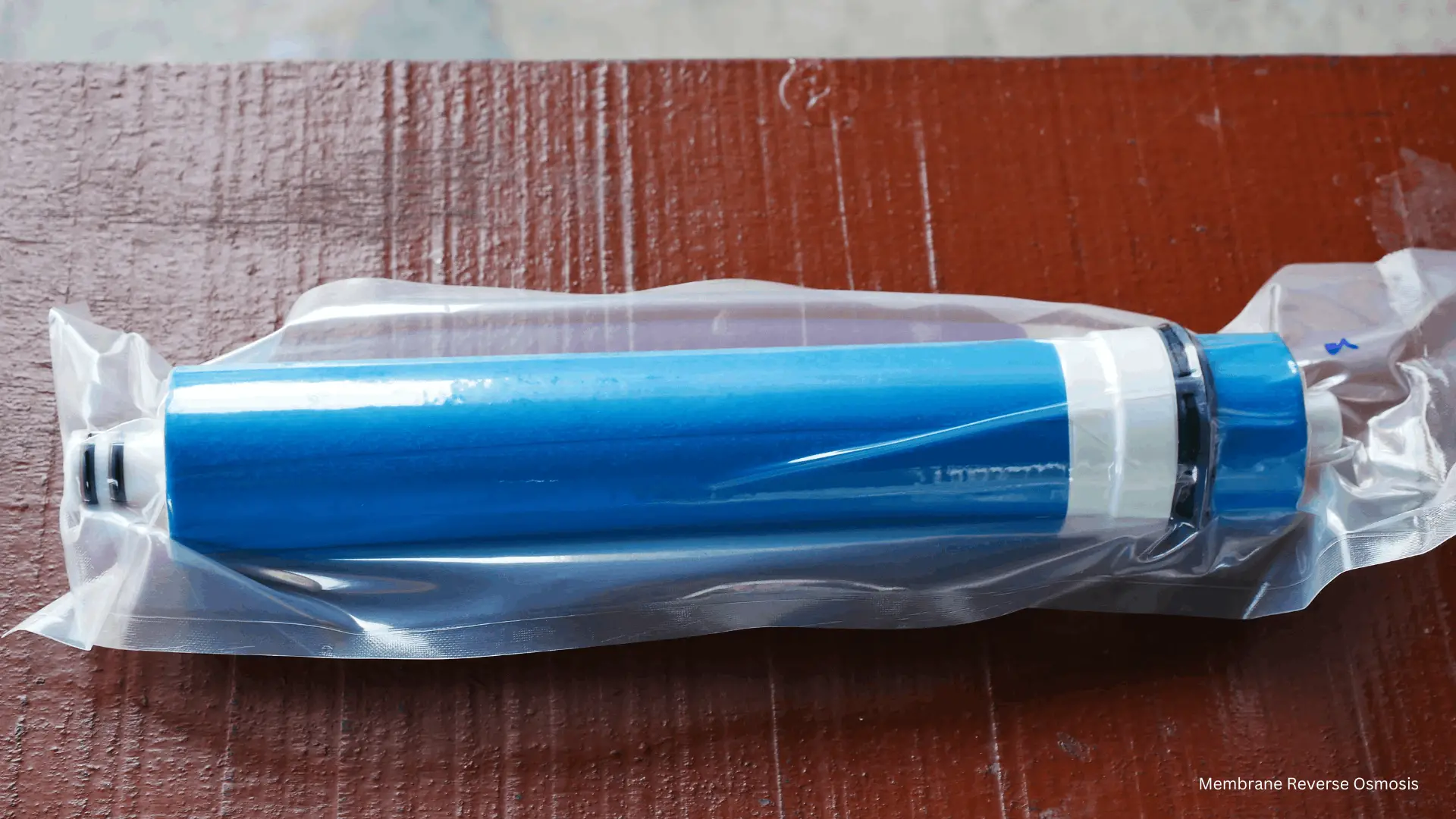Before understanding what a membrane is, the first thing to know is: what is Reverse Osmosis? Reverse Osmosis is the phenomenon of reverse osmosis, where equilibrium is achieved between two different solute solutions separated by a semipermeable layer. This equilibrium occurs due to the movement of the solvent from a low solute concentration solution to a solution with a higher solute concentration (D. Ariyanti, IN. Widiasa, 2011).
Reverse Osmosis (RO) membranes are semipermeable membranes used in water purification technology to separate contaminants. Reverse Osmosis (RO) technology is commonly employed to provide clean water for human consumption, food and beverage processing, and various industrial applications that require pure to ultra-pure water.
Reverse Osmosis (RO) membranes are typically made from synthetic polymers that are highly resistant to chemicals, heat, and pressure. Their surfaces feature a fine microscopic structure with pore sizes around 0.0001 micrometers. These extremely small pores allow pure water to pass through the membrane while filtering out contaminants such as bacteria, viruses, heavy metals, and chemicals.
The Reverse Osmosis (RO) process involves applying high pressure to push water through the Reverse Osmosis (RO) membrane. Pure water can pass through the membrane, while larger particles such as contaminants and minerals are retained. Due to its effectiveness, this technology can remove most contaminants, resulting in safer water.
While highly effective in purifying water, the Reverse Osmosis (RO) process may also remove natural minerals and nutrients, which could affect the taste and quality of the water. Some manufacturers now use nanofiltration technology to modify the membranes, making them more selective and allowing some essential minerals to remain in the water.
The lifespan of a Reverse Osmosis (RO) membrane depends on the quality of the water being treated and operational conditions. Dirty or damaged membranes can reduce filtration efficiency and degrade the quality of the purified water. Therefore, regular maintenance and membrane replacement are crucial to maintaining optimal Reverse Osmosis system performance.
Reverse Osmosis (RO) membranes provide an effective solution for water purification, enabling high-efficiency contaminant separation. While it may impact the mineral content in water, the technology continues to evolve to maintain water quality while preserving essential minerals. Proper maintenance ensures that the Reverse Osmosis (RO) system consistently produces clean and safe water according to your needs.

